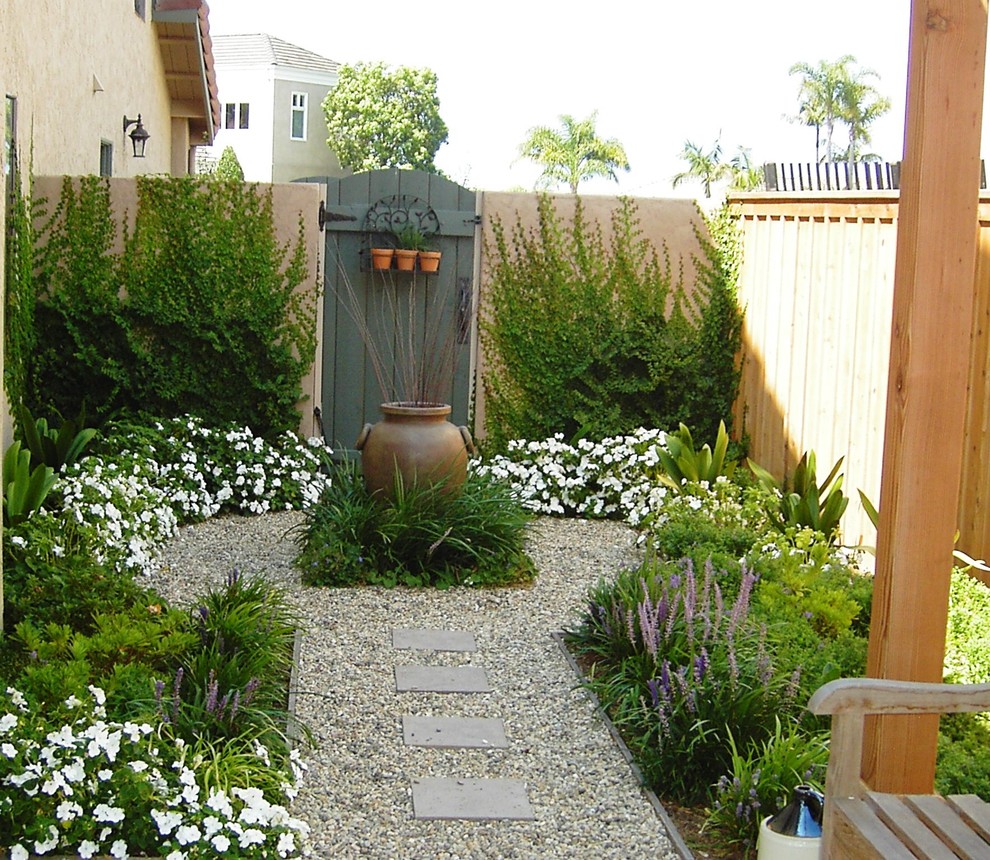Table Of Content

Choose a flat site that gets sun or shade, depending on the kind of plants you want to grow. Keep in mind that traditional Zen gardens don't use many plants. If you're growing moss in your garden you might want to add some stepping stones because it doesn't tolerate any foot traffic.
Minimalist Water Features: Soothing Sounds of Serenity
Ultimately, a Zen garden is not just a decorative addition to your outdoor space; it is a sanctuary for your mind, body, and soul. It offers a respite from the chaos of daily life and provides an opportunity for self-care and rejuvenation. Having a Zen garden in your outdoor space can bring numerous benefits to your physical, mental, and emotional well-being. In today’s fast-paced and hectic world, finding moments of peace and tranquility is essential for our overall health and happiness. In this article, I’ll cover everything you need to know about zen gardens, as well as their benefits and how you can get started with one today.
Rake gravel.
Fine gravel or sand is one of the most common features of Zen garden ideas, often selected in pale hues. It is known to symbolize water, and can be carefully raked into patterns to create 'waves'. Not only is the sight soothing, but the process of creating the patterns can be a meditative exercise in itself, as says Garden Designer Lara Gochin Raffaelli. A calm sense of serenity, along with an abject desire for meditation, inner discovery, and spirituality, is what best defines Zen gardens. Inspired by the minimalist gardens of age-old Buddhist and Chinese traditions, Zen gardens have slowly but surely permeated into all forms of Japanese cultural space. A careful arrangement of nothing but boulders and white gravel to create a sort of hypnotic trance is what a Zen garden is all about.
Lawn & Landscape
However, he was kind enough to share with us a few of the guiding principles that have contributed to his success and sense of aesthetics. Here are his insider tips for achieving a beautifully designed garden that stands out above the rest. SOURCEBOOK FOR CONSIDERED LIVINGThe definitive guide to stylish outdoor spaces, with garden tours, hardscape help, plant primers, and daily design news. These elements are not just decorative additions to Japanese Zen gardens, but they also have profound philosophical implications and practical applications. Trees don't grow evenly, mountains aren't perfect cones, and rivers don't run in straight lines.
Blancostudio wraps pottery shop with rammed-earth walls with zen garden in Ubud - World Architecture Community
Blancostudio wraps pottery shop with rammed-earth walls with zen garden in Ubud.
Posted: Tue, 25 Jul 2023 07:00:00 GMT [source]
There are many kinds of Japanese maples that have different leaves colors and shapes. That make them as popular for designing a zen garden as different evergreens. A pavilion, a carp pond, beautiful trees and garden paths should all be highlighted with lights to make the garden look gorgeous at night too. If space is at a premium a Japanese-inspired oasis is an ideal solution.
If you’ve got stone planters, copper pipes, pavers, leftover lumber, or even large garden rocks lying around, all you need to DIY your Z-E-N is an inexpensive water pump. Choose plants with calming scents, textures, and colors to gently engage the senses, contributing to the overall atmosphere of peace and serenity. Place garden lanterns to provide gentle illumination, allowing for the peaceful enjoyment of your Zen garden into the evening hours and adding a mystical atmosphere.
Zen Garden with Mini Tree
Choose a few favorites to invest in, and refer to Kohei’s recommendations above to ensure your plants are able to thrive in a drier climate. You may want to choose at least one central boulder that you really love, and it may be worth spending a bit more on it. Other boulders can be smaller and more budget-friendly if you desire.
248 squares of highly polished white gravel along with fifteen stones of different sizes constitute the garden. These are carefully arranged in five groups – one of five stones, two of three each, and the last two with 2 stones each. A small backyard transformed with water features and lush vegetation seeking balance whilst offering one peace and calm. Those of you who don't like to 7add water features to your garden could imitate a river with pebbles. It would look even better but you won't need to worry about insects living in water.

This gets crowded during the fall, as people flock together to witness the picturesque season. Dating back to the early 15th century, this temple was built by the Zen priest Muinsoin and is well known for its two gardens, a pond garden and a traditional karesansui garden. Unique to this particular garden is the stone walkway and stone benches that allow visitors to sit and observe the combed gravel bed that sits within the garden walls.
Much contrary to the Zen practice of limiting vegetation, this garden breaks the mold here with the bonsai collection, and the effect it creates is mesmerizing, to say the least. Another masterpiece by the renowned architect and Zen teacher Musō Soseki, the Zen garden residing behind the Hōjō is in the shape of the Chinese character for ‘mind’. The Honbo Gardens, chosen as a ‘Nation Site of Scenic Beauty’ comprises four gardens, the Southern, the Western, the Northern, and the Eastern Garden. An assortment of trees, including camellia, pine, and the Japanese umbrella pine can be seen. These are kept to amalgamate the shakkei of the nearby Narabigaoka Hill. Built in the 1600s by the notable artist Kobori Enshu, the garden is considered to be a remarkable piece of work.
A deck that opens up to a ravishing zen garden with a mix of dark green and rust foliage can uplift any home. Golden-yellow foliage surrounding the zen garden is an excellent idea if you have a large property that you want to turn into zen. Keep it simple yet alluring with this large gravel bed with a stone pathway, golden-green bushes, and a pink cherry blossom.
Subtle color contrast and bold textural differences can create an interest so necessary in a minimalist garden. Colorful koi and goldfish bring hours of enjoyment to the Japanese garden. You can make the process of feeding them a really fun activity. A minimalist pavilion would provide a sheltered spot where you can enjoy the garden being close to it. It is a Japanese tradition to include stone borders, along the edge of the house or along pathways.
Best of all, it’s not even difficult to build a constantly changing landscape. While you can create a large, sweeping Zen garden in your backyard, you can also fit one with all its traditional elements in a tabletop container. Extras, such as lighting, audio and water features, will cost more and you’ll need to factor-in installation and running costs. Custom-built, wood-fired tubs don’t need electricity, as the heater is fuelled by dry wood – expect to pay upwards of £3,500. Japanese maples, also known as acers, are a fabulous way to bring some visual interest and an oriental theme.
That said, famous examples of 16th-century Japanese gardens don’t feature any sculptures at all. These gardens were, however, quite often near Buddhist Zen temples. One of the ways to get inspired is to visit Japanese rock gardens whenever you are able. A classic book, Sakuteiki, which is believed to be the oldest known publication on garden building, is another great resource to find inspiration for your own rock garden, says Torii. Enable the soothing sounds of H20 by crafting a fountain with what’s on hand.
Traditionally, zen gardens are surrounded by walls and buildings. If you’re overlooked by neighbours or have a south-facing garden, there are permanent or temporary solutions you can try to give your garden more shade and privacy. For easy garden shade ideas, consider screening off the area with some carefully pruned shrubs and trees, or hard landscaping. ‘Adding lanterns around your garden is a common feature in zen gardens.
Either way, you’ll be forging a stronger connection throughout the space as a whole. The concept of Japanese rock gardens is steeped in the cultural tradition of karesansui, which means "dry mountain water," says Torii. In a broad sense, water refers to all the areas of the earth that are covered by water, while mountains represent the dry land.

No comments:
Post a Comment